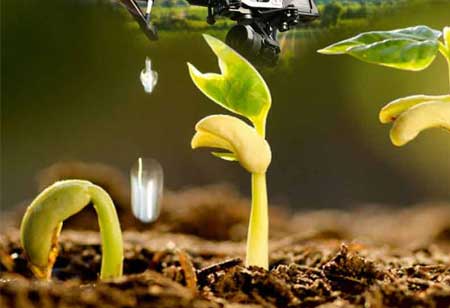Thank you for Subscribing to Agri Business Review Weekly Brief
Implementing IoT in Agriculture and Smart Farming
IoT has catalyzed a big shift in how did farming before.

By
Agri Business Review | Thursday, March 03, 2022
Stay ahead of the industry with exclusive feature stories on the top companies, expert insights and the latest news delivered straight to your inbox. Subscribe today.
Precision farming using IoT counts on the data gathered from various sensors in the field, enabling farmers to allocate just enough resources within one plant.
FREMONT, CA: Almost every industry uses IoT to reach its highest potential. However, applying the IoT in agriculture ensures lowered resources and cost, automation, previously unavailable efficiency, and data-driven processes. These advantages help agriculture combat a range of serious problems.
Advantages of IoT in agriculture and smart farming:
Reduced Resources
Many agriculture IoT solutions are intended to enhance the use of resources— energy, water, land. For example, precision farming by IoT counts on the data collected from different sensors in the field, which enables farmers to allocate just enough resources to within one plant appropriately.
Enhanced Efficiency
Farmers are motivated to grow more products in less fertile soil, lowering land availability and increasing weather fluctuation as a competitive field. IoT-enabled agriculture permits farmers to monitor their products and conditions in real-time. As a result, they can predict troubles before they happen and make better decisions on controlling them.
More Agility
Another advantage of using IoT in agriculture is the grown agility of the processes. For example, real-time monitoring and prediction systems empower farmers to take quick action on any significant change in humidity, air quality, weather, and crop or soil health. In addition, new capabilities help the industry save crops in times of extreme weather changes.
Increased Product quality
IoT has catalyzed a big shift in how did farming before. IoT-enabled agriculture solutions assist farmers to grow more and better products. Using aerial drone monitoring, soil and crop sensors, and farm mapping, farmers can better understand explicit dependencies between the conditions and the quality of the crops. Then, with the help of connected systems, they can recreate befitting conditions and increase the nutritional value of the products.





